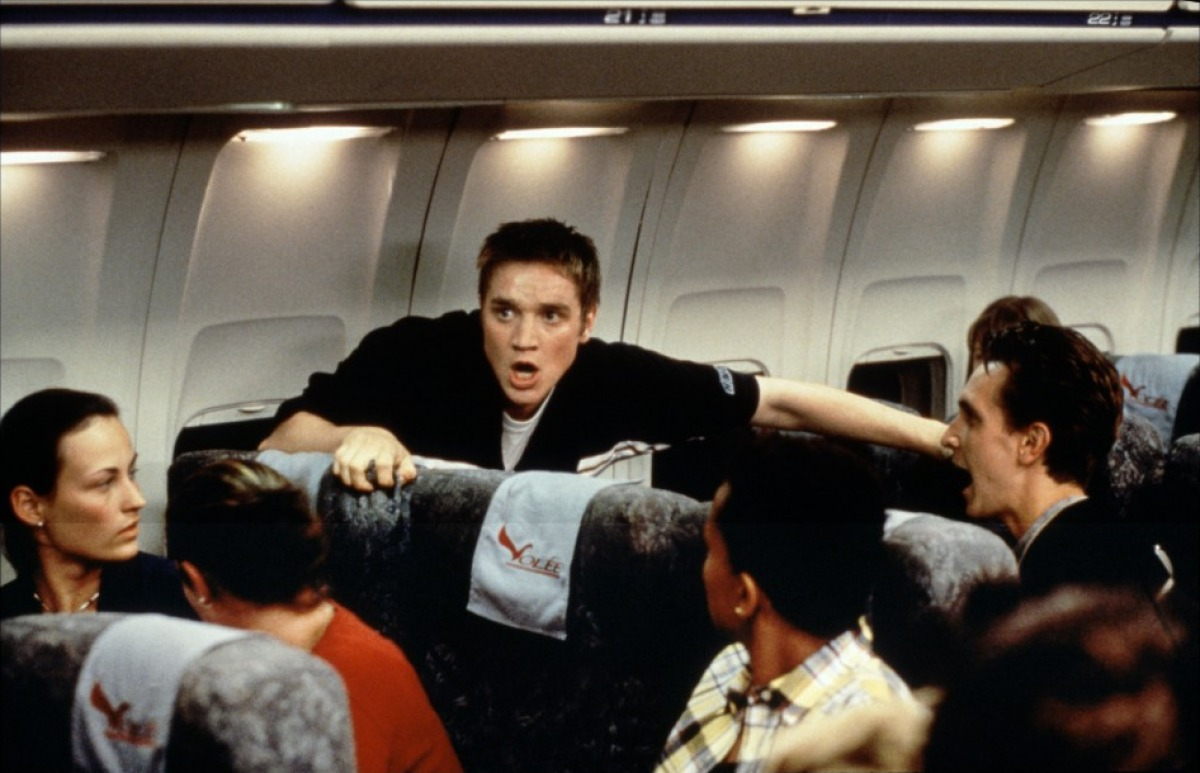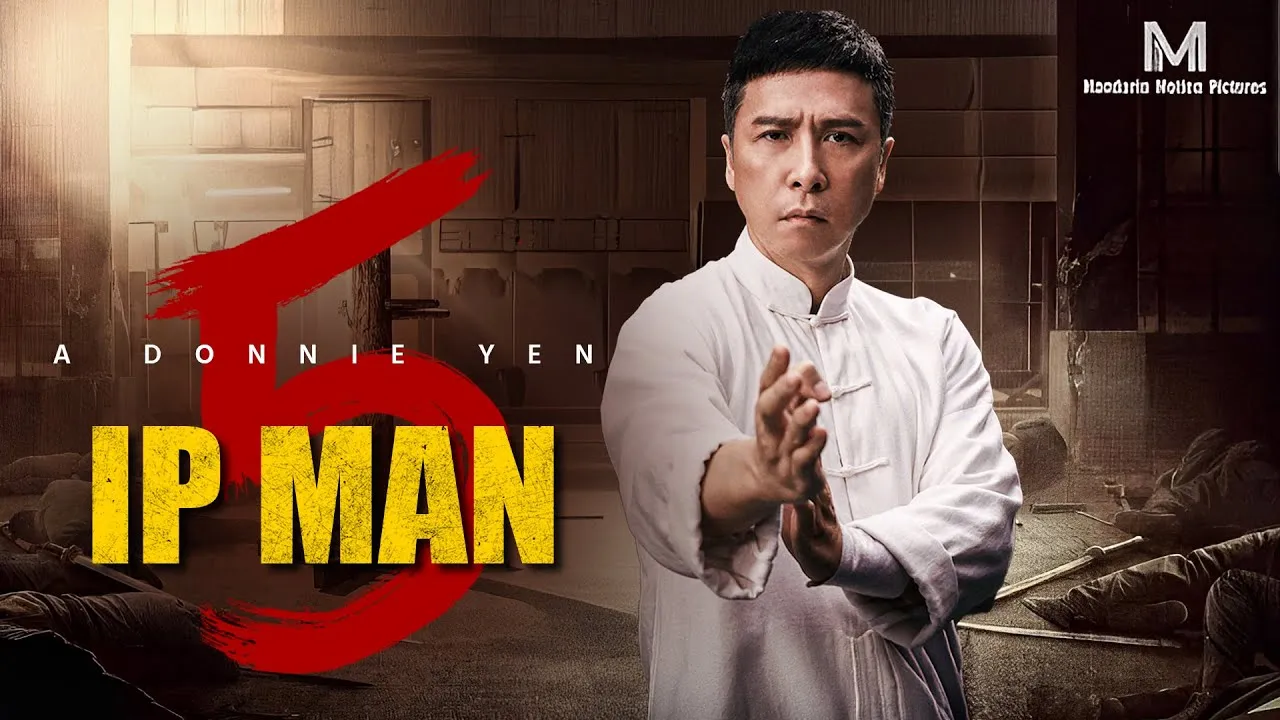You can run, you can hide—but you can't escape the design
Final Destination exploded onto the horror scene in 2000 with a chillingly original concept: what if Death itself was the killer, hunting its victims with fate as its weapon? Directed by James Wong and written by Wong and Glen Morgan, the film blends supernatural dread with psychological paranoia, creating a slasher movie without a slasher—a force you never see, but always feel.
The story begins with Alex Browning (Devon Sawa), a high school student about to board Flight 180 to Paris. Moments before takeoff, Alex experiences a vivid and terrifying premonition of the plane exploding mid-air. Panicked, he causes a scene and is removed from the flight along with several classmates and a teacher. Minutes later, the plane explodes just as Alex foresaw—killing everyone onboard.

While the survivors initially count themselves lucky, it doesn’t take long before they begin dying in freak accidents: a bathroom slip here, a strangling shower cord there, a bizarre bus collision. What binds these deaths together isn’t coincidence, but a pattern. Death has a design, and it doesn’t like being cheated. Alex comes to realize that their escape disrupted Death’s plan, and now it’s correcting that mistake—one person at a time.
What sets Final Destination apart is the sense of invisible menace. There's no villain to fight, no lair to storm—only fate itself, manifesting through impossibly timed events, unpredictable chain reactions, and cruel irony. Each death scene becomes a mini puzzle of tension and misdirection, keeping the audience in a constant state of anxious anticipation.

By the film’s end, survival becomes not just about running, but understanding. Can the characters skip the line? Can they reset the order? Or is Death simply inevitable?
Final Destination ignited a franchise, but the original remains the most unsettling—stripping away all control and leaving characters (and viewers) grasping for logic in a world ruled by chaos.
-1754296265-q80.webp)


-1749531340-q80.webp)